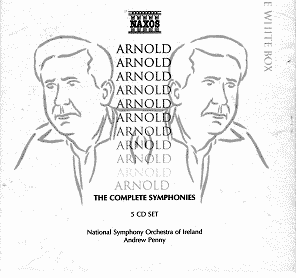 Composer: Dirk Schafer
Composer: Dirk Schafer
Works: Waltz in G flat Op 70 No 1, Nocturne in F Op 15 No 1, Polonaise in D minor Op 71 No 1, Mazurka in A minor Op 17 No 4, Ecossaises in D, G flat and D flat Op 72 Nos 1-3, Berceuse in D flat Op 57, Nocturne in A flat Op 55 No 1, Waltz in A flat Op 42, Impromptu in A flat Op 29, Marche Funèbre from Sonata No 2 in B flat minor Op 35, Etude in A minor Op 25 No 11, Etudes in G flat and C minor Op 25 Nos 9 and 12, Fantasie Impromptu in C sharp minor Op 66, Fantasia in C (Francois Couperin), Duport Variations (Wolfgang Amadeus Mozart), Andante Favori (Ludwig Van Beethoven), Berceuse in G flat (Adolf Henselt), Waltz in E Op 39 No 2 (Johannes Brahms)
Performers: Dirk Schafer, piano
Recording: 1920s
Label: Pearl Opal CD 9861 [79.19]
Dirk Schafer, a musician whose career has often been overshadowed by contemporaneous titans, emerges once more through the meticulous remastering of his recordings by Pearl’s Opal label. The collection spans various works, primarily from the Romantic canon, providing a glimpse into the artistry of a pianist who, despite his underappreciated status, commands a profound interpretative depth. Schafer’s intimate connection with the works of Chopin, among others, reveals not only his technical prowess but also his nuanced understanding of the emotional landscapes these pieces inhabit.
The album features an array of Chopin compositions, each executed with a deftness that speaks to Schafer’s intrinsic musicality. In the Nocturne in F, for example, the treble rings out with a crystalline clarity, a quality that is often elusive in modern interpretations. This transparency allows for a vivid expression of the piece’s lyrical lines, showcasing Schafer’s ability to navigate the delicate interplay between melody and accompaniment. The Polonaise in D minor further exemplifies his dynamic control, where contrasting sections are delineated with a precision that retains both vigor and elegance. Here, Schafer’s phrasing captures the work’s inherent drama without succumbing to the overemphasis that can mar less discerning performances.
Schafer’s interpretations of the Mazurka and the Ecossaises highlight his rhythmic sensibility. The former is imbued with a lively spirit, its playful character brought to life through Schafer’s deft articulation. The Ecossaises, transposed to various keys, gain a buoyant vitality, each variation imbued with a distinct flavor, revealing his artistry in shaping musical ideas. The Berceuse stands out for its serene beauty, where Schafer’s touch is both gentle and assured, creating a sense of flowing continuity that envelops the listener.
In considering the technical aspects of the performances, Schafer’s mastery is evident in his execution of the Impromptu in A flat. Here, he balances speed with clarity, ensuring that the intricate passages do not overshadow the lyrical components of the work. His approach to the Marche Funèbre from Sonata No 2 is noteworthy; unlike more flamboyant interpretations, Schafer opts for a measured gravitas that enhances the emotional weight of the piece. However, there are moments where his tendency to arpeggiate may distract from the melodic line, indicating an area where greater restraint could yield even greater impact.
The quality of the recording itself deserves commendation. The remastering process has preserved the warmth and nuance of Schafer’s performances, allowing the listener to appreciate the richness of his tone and the subtleties of his dynamic shading. The engineering effectively captures the atmospheric qualities of the piano sound, presenting a vivid auditory experience that stands up well against modern standards.
This release not only amplifies the historical significance of Dirk Schafer’s contributions to piano literature but also invites a re-evaluation of his artistry in the context of early 20th-century performance practices. The nuanced interpretations, coupled with the high-quality restoration, affirm Schafer’s place as an important figure deserving of renewed recognition. The collection serves as a valuable resource for those seeking to explore the depths of Romantic piano music through the lens of a musician whose talent, though obscured by time, remains undeniably compelling.



